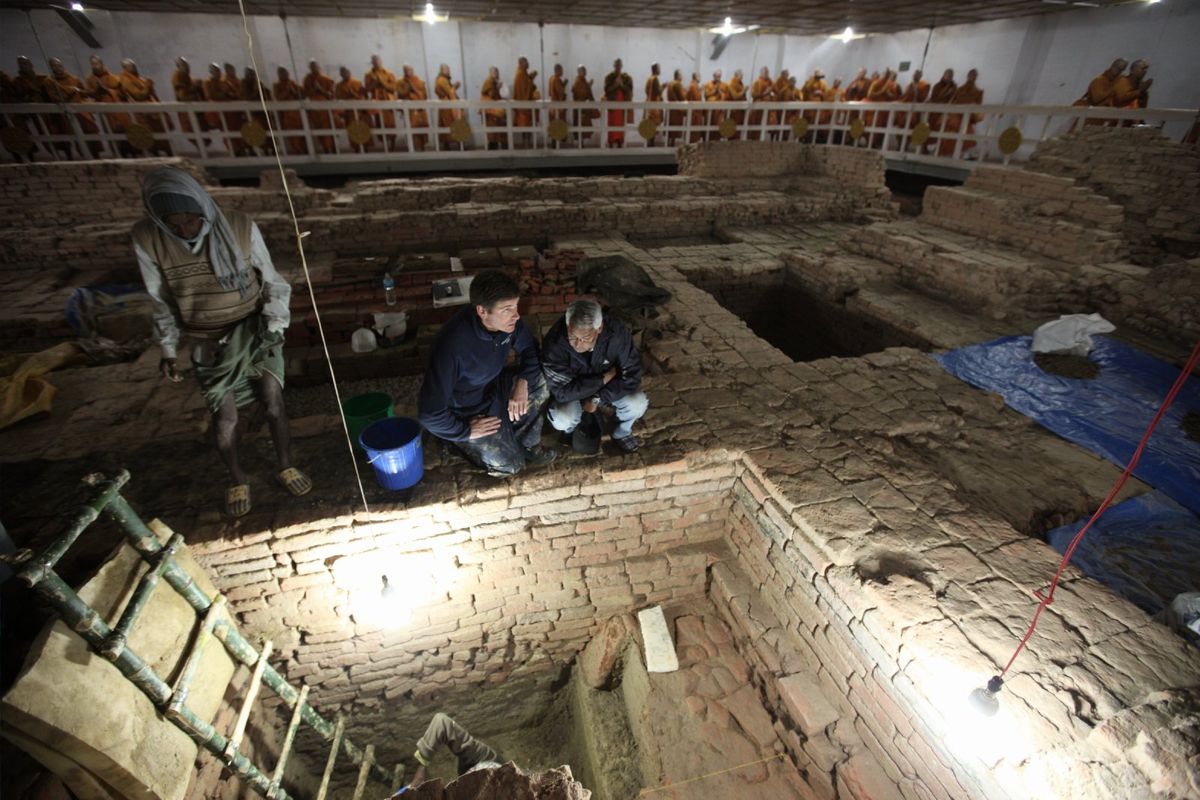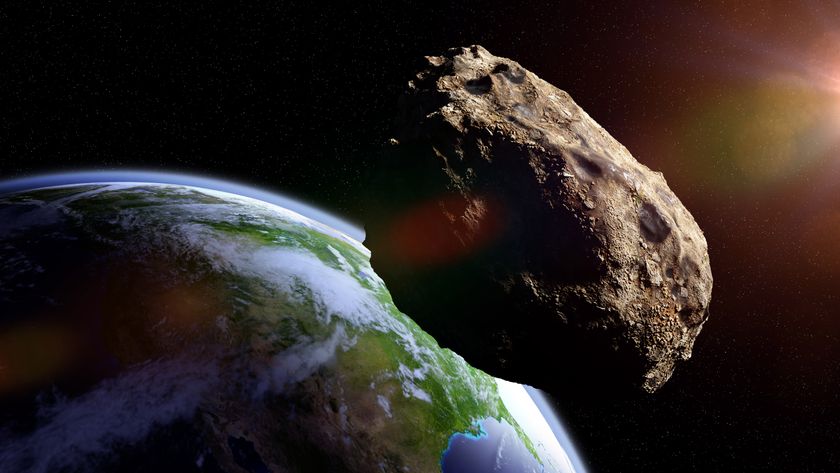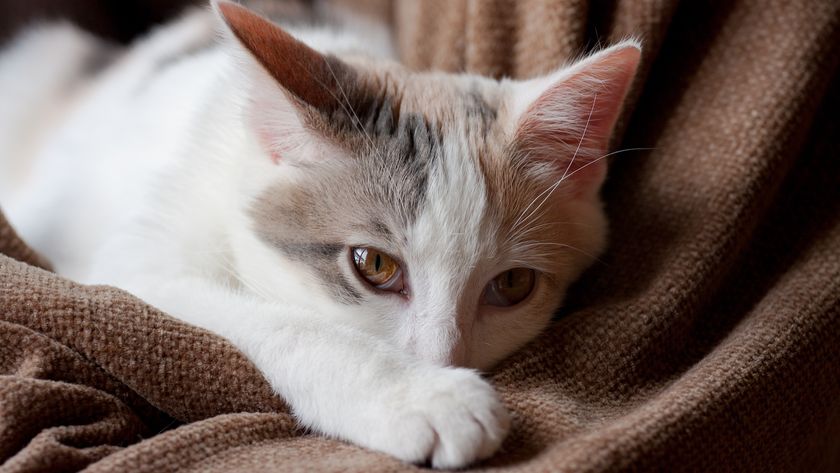
An ancient timber structure that may have once marked Buddha's birthplace has been unearthed in Nepal. The new discovery could help pinpoint the time period when the spiritual leader was born.
Charcoal and grains of sand from a timber structure at the Maya Devi Temple in Lumbini, Nepal, date to the sixth century B.C., according to the a study published in the December issue of the journal Antiquity. The ancient building may have been a shrine built to enclose a tree that the Buddha's mother clung to during the birth of her son.
Previously, the site, which was widely believed to be Buddha's birthplace, contained evidence going back just to the third century B.C. [In Photos: An Ancient Buddhist Monastery]
"Very little is known about the life of the Buddha, except through textual sources and oral tradition," study co-author Robin Coningham, an archaeologist at Durham University, in England, said in a statement. "Now, for the first time, we have an archaeological sequence at Lumbini that shows a building there as early as the sixth century B.C."
Life of the Buddha
According to tradition, the Buddha started life out as Siddhartha Gautama, a prince who was cloistered in a palace and shielded from all suffering. He became disenchanted with the worldly trappings around him after leaving the palace and seeing that all people would eventually feel pain, grow sick and die. After years of wandering as an ascetic, he eventually achieved enlightenment while meditating under a tree, and went on to found Buddhism.
But archaeologists had found little trace of Buddha's life. A sandstone pillar dating to the third century B.C. at the Maya Devi Temple proclaims that the spot was where the Buddha's mother, Queen Maya Devi, gave birth to the Buddha while grasping a tree in the Lumbini garden, between her birth kingdom and the realm of her husband. Most historians believe the Buddha was born earlier than that, as King Asoka was already spreading the religion at that time.
Sign up for the Live Science daily newsletter now
Get the world’s most fascinating discoveries delivered straight to your inbox.
Ancient tree
To see if there was older evidence, the team excavated at the site — working amidst meditating Buddhist monks and nuns — and discovered the remnants of an ancient timber enclosure buried under a series of brick temples. The timber structure contained an open space at the center and was likely open at the top.
Further analysis revealed the presence of tree roots at the center. The team then dated the structure using levels of radioactivity in minerals and the ratio of carbon isotopes, or molecules of carbon with different numbers of neutrons, from charcoal and grains of sand.
The team concluded that the older structure dated to the sixth century B.C. The new discovery may help anchor the Buddha's birth in time. The site, with its centuries of shrines, could also reveal the evolution of Buddhism from a local cult to a worldwide religion, the authors write in the paper.
Follow Tia Ghose on Twitter and Google+. Follow LiveScience @livescience, Facebook & Google+. Original article on LiveScience.

Tia is the managing editor and was previously a senior writer for Live Science. Her work has appeared in Scientific American, Wired.com and other outlets. She holds a master's degree in bioengineering from the University of Washington, a graduate certificate in science writing from UC Santa Cruz and a bachelor's degree in mechanical engineering from the University of Texas at Austin. Tia was part of a team at the Milwaukee Journal Sentinel that published the Empty Cradles series on preterm births, which won multiple awards, including the 2012 Casey Medal for Meritorious Journalism.
Most Popular




